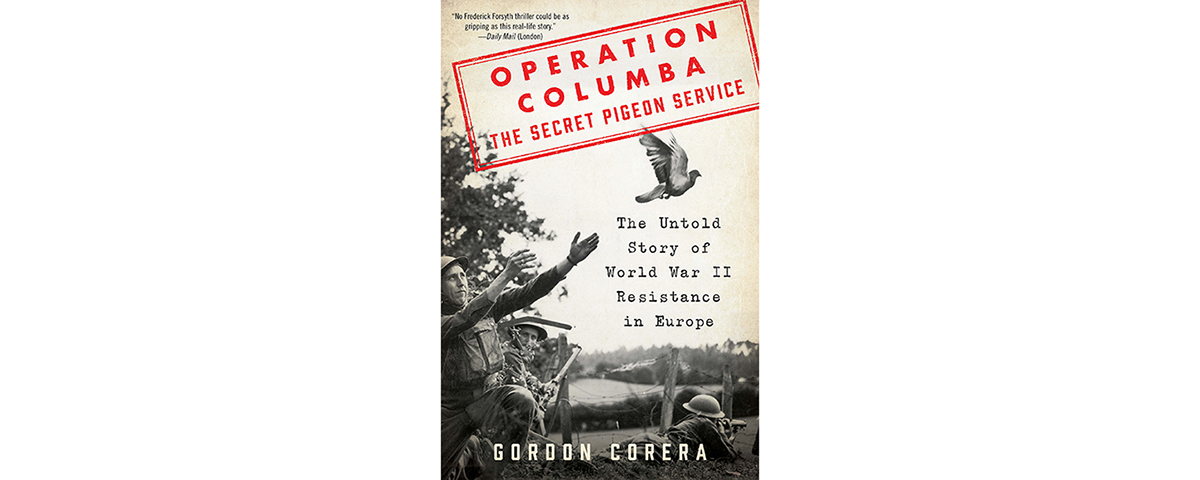Operation Columba—The Secret Pigeon Service: The Untold Story of World War II Resistance in Europe, by Gordon Corera, William Morrow, New York, 2018, $28.99
In 1941 British intelligence began dropping homing pigeons across Nazi-occupied Europe, each bird contained in a tiny crate equipped with a small parachute and several days’ supply of birdseed and water. The hope was that locals resisting the German occupation would find the crates, attach intelligence reports to the pigeons and then release them to fly back to England.
It was a shot in the dark. No one knew if it would work. Many in MI6, British foreign intelligence, laughed at the attempt, believing the pigeons would simply be eaten by a starving populace, or the Germans would use them to send back misinformation.
What did happen was astonishing. While most of the pigeons never returned, the few that did carried a trove of intelligence that helped the Allies wage war against the Nazis when the struggle was at its early dark moments.
Though Gordon Corera’s Operation Columba reads like a spy novel in places, the events it describes really happened. The book is an astonishing chronicle of the unusual, decidedly low-tech effort to bolster resistance and undermine the German war machine. Corera’s narrative gets off to a slow start but builds rapidly in intensity as he describes the cloak-and-dagger world of local resistance units that worked with the British to stymie the Abwehr, German military intelligence, which was tireless in its own efforts to track down spies and execute them.
Over the course of the conflict the Special Pigeon Service used more than 16,000 birds to obtain intelligence from Belgium, France, the Netherlands, Denmark and other nations under Nazi occupation. Return messages included information on troop movements, fortifications, new weapons, radar systems and even the development of the V-1 and V-2 rockets.
Much of the book deals with a Belgian chaplain operating a spy cell that provided crucial intelligence about coastal defenses and German plans to invade Britain. While including a detailed history of homing pigeons and descriptions of other resistance efforts, it follows the clandestine work of this one operation to its climax—with all the twists and turns of a spy thriller combined with an Alistair MacLean World War II drama.
—Dave Kindy





